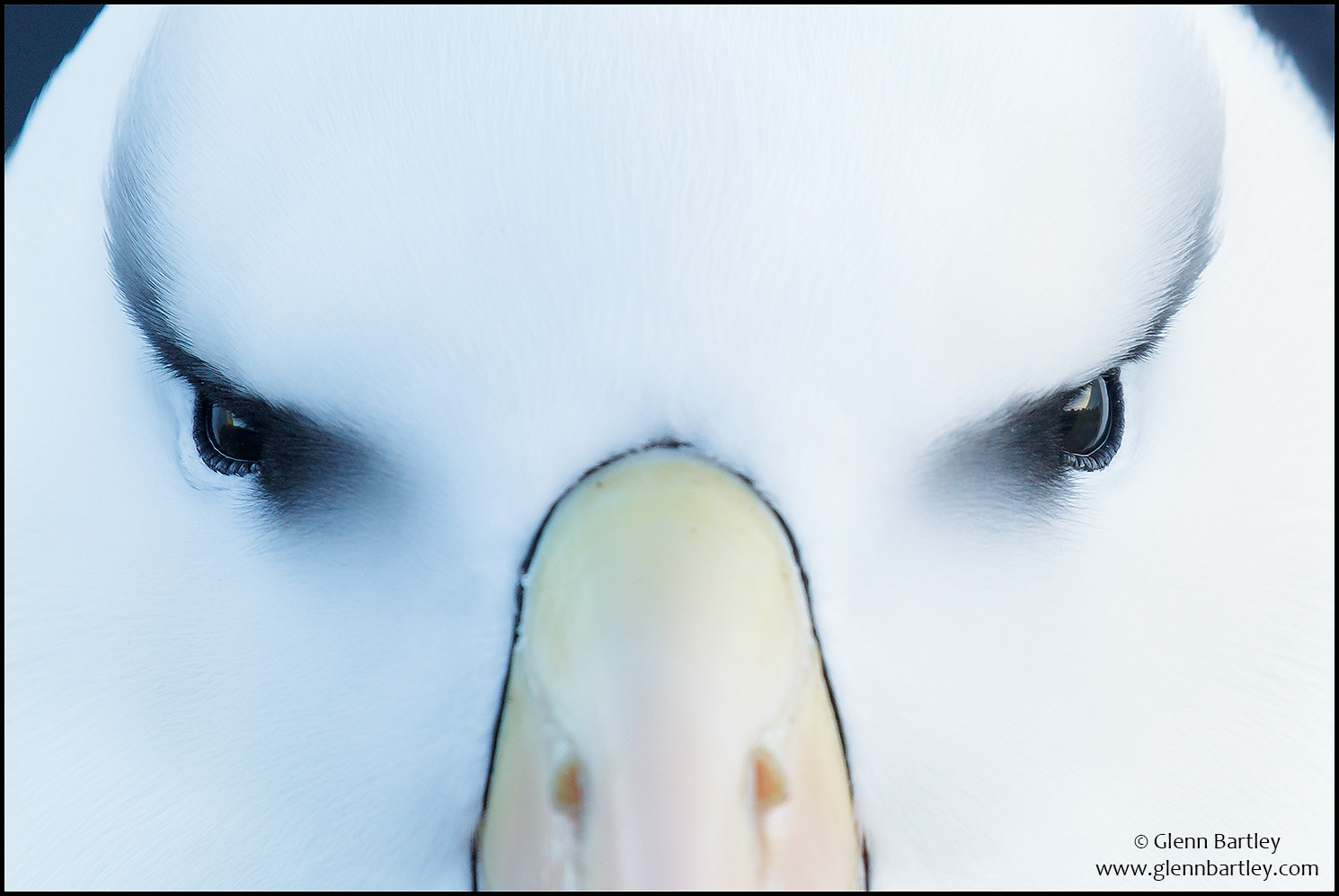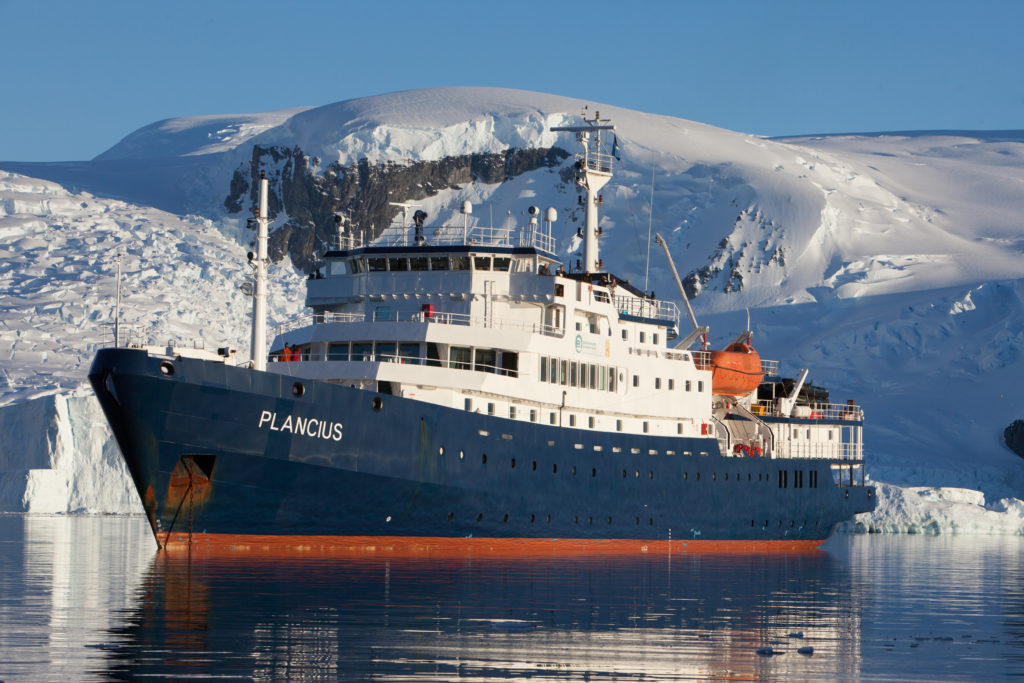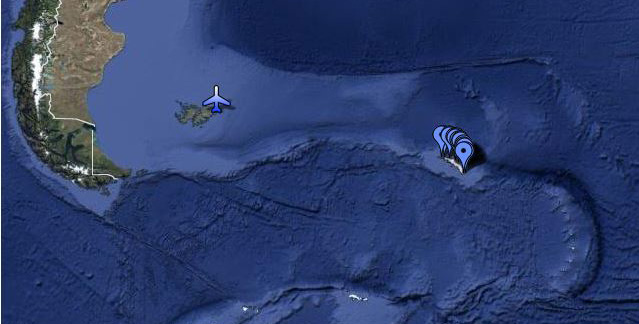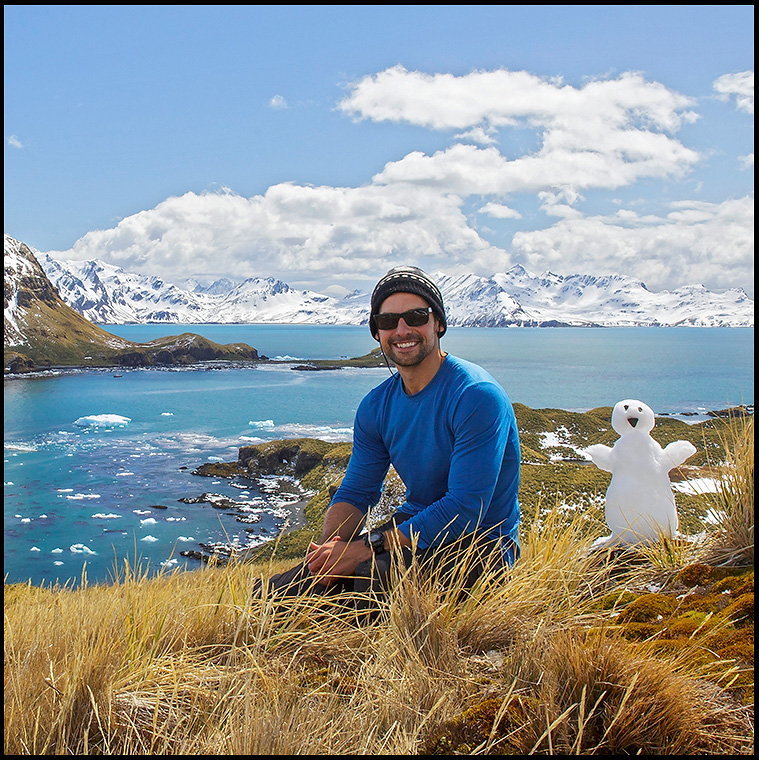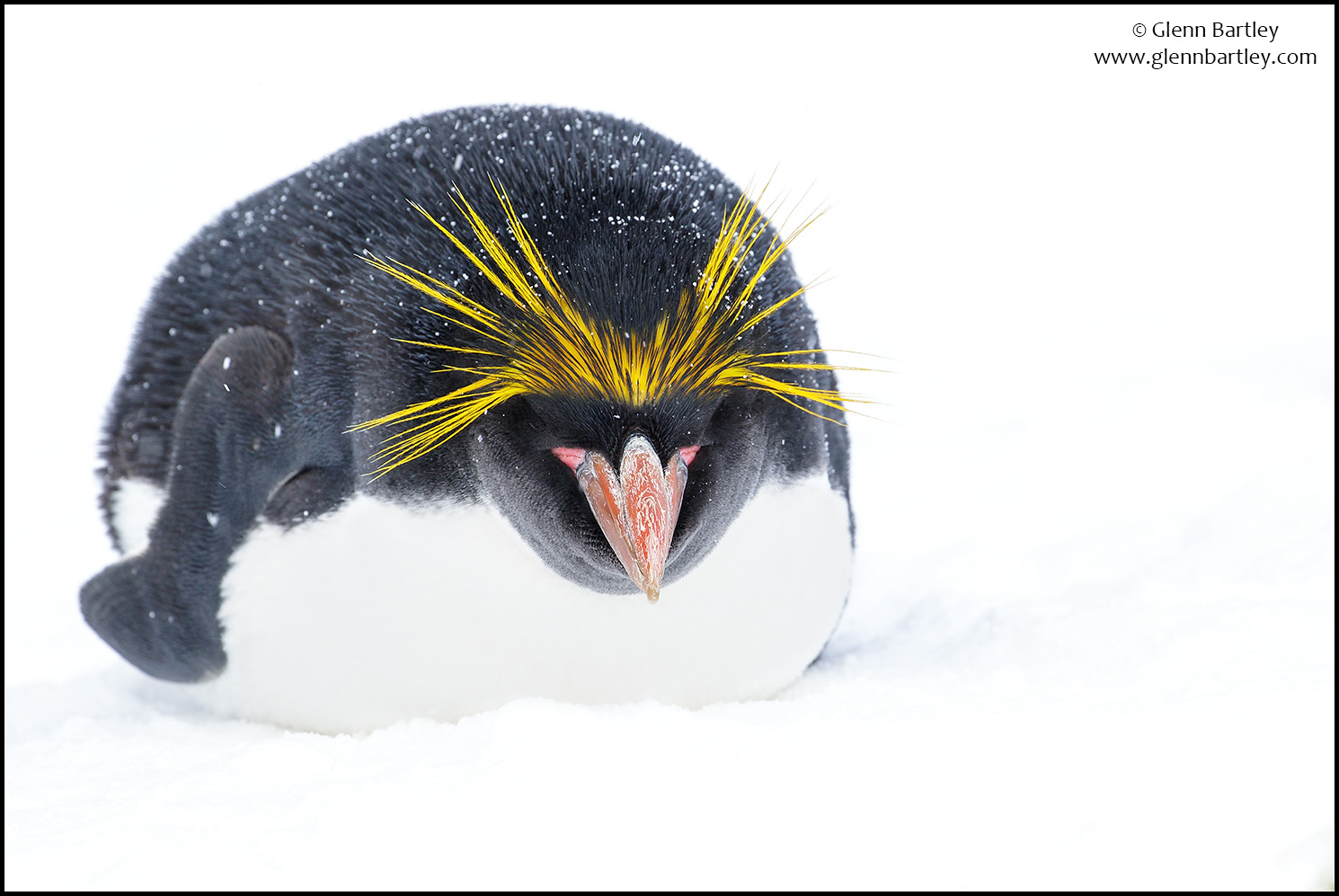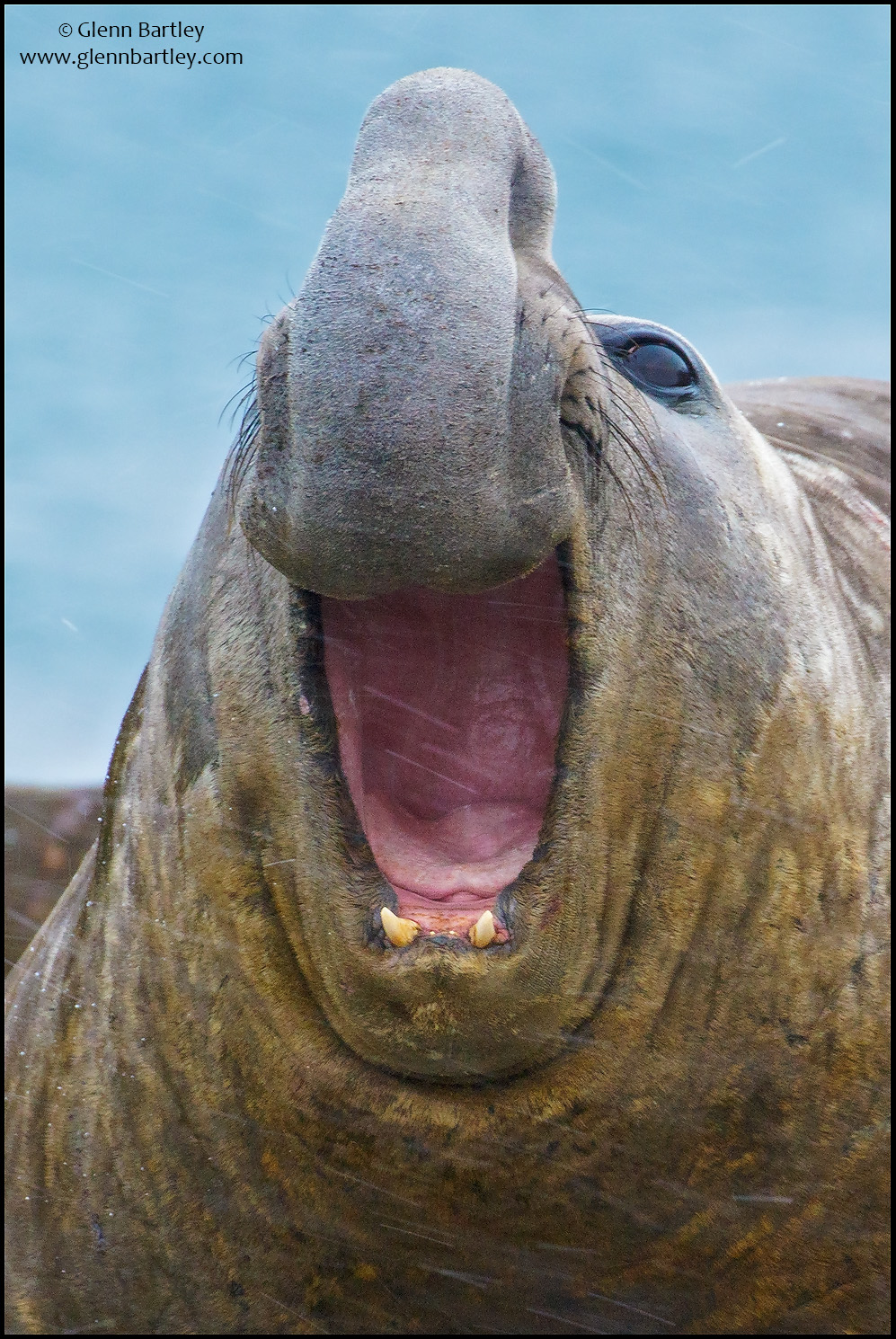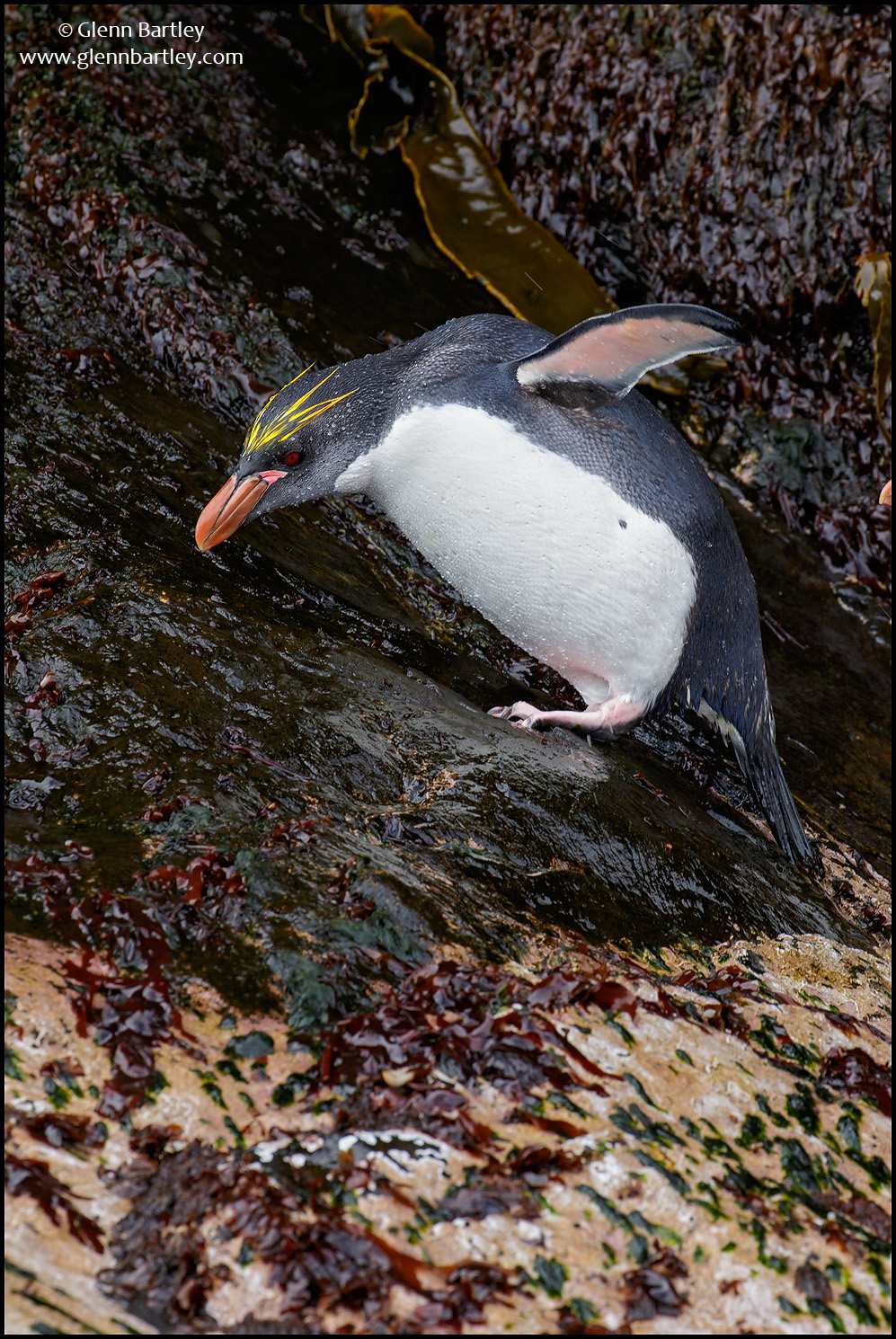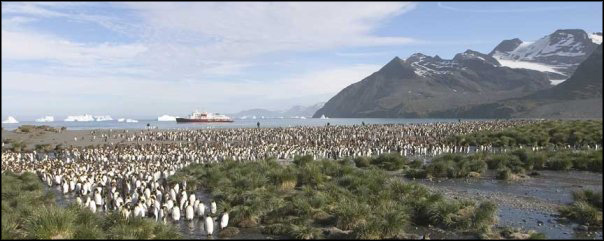 |
|
|
|
SOUTH GEORGIA & THE ANTARCTIC PENINSULA: THE TRIP OF A LIFETIME
|
|
|
||
AN INTRODUCTION TO THIS PHOTO WORKSHOP Back in 2015 I had the incredible privilege of
visiting South Georgia and the Falkland Islands. To be honest this was a
departure from my normal tropical adventures and I wasn’t really sure what
to expect. The expedition to this day is my absolute favourite trip that I
have ever done and I cannot wait to get back to this part of the world. Even more incredible this time around is that our
adventure not only visits the breathtaking South Georgia Island but also
spends considerable time on the Antarctic Peninsula. As great as my last
trip was this was the one thing missing. This expedition is the product of years of experience
of one of the top companies that leads voyages to South Georgia and a
passion for everything found there. I
am super excited to once again team up with Cheesemans’ Ecology Safaris on
this once in a lifetime adventure. On my last trip I was so incredibly
impressed with how they handle the daunting amount of logistics required to
pull a journey like this together. They are absolutely top-notch pros and I
would not even consider going with anyone else. The itinerary is specifically designed to take
advantage of the vibrant early season on South Georgia when snow blankets
the mountains and early summer brings special wildlife treats seldom
experienced. We will explore vast colonies of King Penguins, elephant seals
in their peak of breeding activity, and colonies of Wandering, Grey-headed,
Light-mantled, Sooty, and Black-browed Albatross. This cruise allows for many
days to explore this truly unique island, the crown jewel of the Antarctic.
The landscape filled with expanses of glaciers pouring into the sea provides
rare beauty and photogenic impressiveness that words cannot convey. We will
enjoy about 6 days in the midst of the most beautiful and wildlife-rich
island on the planet! The priority on this special expedition is to give you
the maximum time possible in the field so you can explore at your own pace
during a special time on South Georgia and on the Antarctic Peninsula. This type of trip is not for everyone and is a
considerable expense. There is no way around that. But if you have always
wanted to get to the Antarctic, or if you have been before but want to
re-visit as part of one of my photo groups, then this is the trip for you! Come explore South Georgia and Antarctica with us!
CLICK TO WATCH VIDEO OF MY 2015 TRIP
TOP 5 REASONS TO VISIT THE ANTARCTIC REALM ON THIS TOUR Maximum time in the field: This particular trip is designed to spend as much time in the field as possible to observe all wildlife behavior, sometimes resulting in long days but giving you a more in-depth experience. Itinerary route: The itinerary route is designed to make many more landings than most trips to South Georgia and Antarctica and that will give us the most possible opportunities with the birds and wildlife. Global warming: We face an uncertain future when it comes to the earth's climate. Who knows what this area will look like in 5, 10 or 20 years. Now is the time to visit South Georgia...before it is too late! Increase in Restrictions in this Sensitive Part of the World: Every year it gets harder and harder for tour operators to work in this part of the world. Restrictions and the amount of time that is able to be spent ashore may continue to become more difficult. Visiting this area while it is still possible to really explore is a huge reason to go sooner rather than later. Photographic guidance: those who have travelled with me know that I am there for my clients and to ensure that they get the best possible images. Please take a look at my testimonials section.
TO SEE MORE IMAGES AND VIDEO
PHOTO ITINERARY October 19: Depart Home October 20: Arrive in
Punta Arenas, Chile. There is only one weekly flight from Santiago to the Falkland Islands. Upon arrival in Stanley early in the afternoon, you will be met at Mount Pleasant Airport and transferred to the Plancius. You will have time to walk through town and explore this small corner of the English empire that appears as if time has forgotten it. Stanley is an attractive town, and the last center of human population we will see before our return to Stanley or arrival in Ushuaia, Argentina at the voyage's end. We will enjoy a welcome with our Captain and our fine staff and crew, as well as our first dinner onboard ship before departing for South Georgia! October 22-23: At Sea Southeast to South Georgia.
Our boat - the Plancius.
Pelagic photo opportunites from the boat are fantastic! October 24-29: Explore South Georgia Island. One of the most remote islands in the world, South Georgia is the heart of this expedition, as we spend six days in this wild landscape of penguins, albatrosses, and seals. The mountainous rugged interior, a geologic continuation of the Andes chain, is carved by more than 150 glaciers into spectacular fjords and ringed by islands. South Georgia has incredible possibilities for landings all along the northeastern leeward coastline, the focus of our exploration during these days. The route to South Georgia. Possible landing sites on South Georgia.
First glimpses of South Georgia. The timing of this voyage is carefully chosen to experience South Georgia in a seldom seen but extremely vibrant time. The peak of Southern Elephant Seal breeding is in October, and, during this time, the world's largest seals vie to be 'beachmasters', dominating stretches of beach where females come to pup. We will make it a priority to experience this! We will stop in the northeast of the island for an introduction and a chance at some of the special sites unavailable to us once fur seals are in the height of their breeding, then we will travel south to experience the scale and density of breeding colonies in St. Andrews Bay and Gold Harbour. From there, we will take our time exploring back northward, absorbing the great richness and variety offered by South Georgia to voyagers so fortunate as ourselves.
Potential Landing Sites in South Georgia include:
Right Whale Bay: Fur seals are beginning to set up territories in Right Whale Bay at this time, a beach that in the height of the breeding season looks to be alive with a constant frenetic movement of seals. At the east end of this dramatic walled cove a colony of King Penguins resides, many loafing in front of a waterfall pouring out of the interior of the island. Salisbury Plain: 60,000 pairs of King Penguins call this glacial plain home, making it a beloved site for any who explore South Georgia. Salisbury is located in the Bay of Isles, looking out on the Wandering Albatross breeding islands of Prion and Albatross. If you sit down quietly, you may find yourself the subject of King Penguin curiosity as one brave individual might try to see if your shoelaces will detach with a tug. King Penguins have a staggered breeding season, where each adult's activities are dependent upon what they did the season before. Those that had no chick or an early fledging chick the previous season will be courting and mating, whereas those that did have a chick in the previous year may delay breeding. These early breeders have the best chances of successfully fledging a chick this year. Molting penguins can be found lining the fresh water streams that run from the glaciers to the sea. Hopefully snow will still be on the ground around the colony, a canvas of white upon which the penguins walk. The Kings share the beach with fur seals and elephant seals, and many a giant-petrel will be patrolling the shores for the penguins that did not make it through the winter.
Shackleton Walk to Stromness (optional): Shackleton, Crean, and Worsley were very near the end of their dramatic and perilous self-rescue when they stumbled down into Fortuna Bay from the interior of the island. They had just one short hike remaining, a westward walk of about three miles over to Stromness Harbour to reunite with civilization after over 17 months in the Antarctic. This very enjoyable historic walk will take us over a 300-meter ridge with a stunning view across the König Glacier and down to the now rusting inactive whaling station at Stromness to reunite with our ship. If you don't know Shackleton's story - CLICK HERE
Hercules Bay: Macaroni Penguins are the most numerous of any penguin on South Georgia yet the most difficult to visit. They have the habit of nesting on steep tussock slopes and are especially fond of inhospitably exposed beaches. We hope to be able to slip into Hercules Bay for a visit to see the striking Macaronis just as they are returning from eight months at sea. A waterfall drops down the back of Hercules Bay adding to the dramatic scene.
St. Andrews Bay: There are places in the world so far beyond description that any attempt rings hollow. St. Andrews Bay is such, with upwards of 150,000 pairs of King Penguins forming not a colony, but a landscape. You will be mesmerized as you view the many penguins walking along the beach and the gentle sloping landscape as you stroll from the landing site, the air filled with calls and life all around you. But as you walk over the glacial moraine bordering the north end of the colony, the mass of penguin calls hit you, all blended together into one vast wave. Here you will see the bounty of the rich, vast southern ocean. It must be seen, heard, and experienced to be believed. At this time of year, King Penguins will be far from the only attraction at St. Andrews. The world's largest seal, the Southern Elephant Seal, gathers here by the thousands creating one of the densest concentrations of life on the planet. We can expect to see thousands of females with young pups nursing. Many large male 'beachmasters' seek to own a stretch of beach and are willing to fight in great tonnages of seal jousting, because here lie their best hopes for breeding. The male elephant seal puts so much into his territorial defense that his life expectancy is less than half that of the female. But, if he is a successful beachmaster, this short life is one of great glory! We are very fortunate to be able to experience the elephant seal breeding season, usually long past when most travelers to South Georgia have the chance to visit.
Gold Harbour: Simply, Gold Harbour is a glorious place, with something, indeed many things, for everybody who enjoys nature. This is one of the most protected sites in South Georgia, with great chances for clear blue skies. Fair or foul, under these skies we will find a beach at least as densely packed with Southern Elephant Seals as St. Andrews Bay (though a smaller beach, so fewer numbers overall), about 25,000 pairs of King Penguins, many of whom line a glacial meltwater river winding behind the beach, a Gentoo Penguin colony, steep but hikeable slopes with Light-mantled Albatross nesting on their flanks, and a tumbling icefall bordering the back of the Harbour making for stunning landscapes and the occasional explosion of glacial blocks tumbling down to the coast. More than a few will likely elect to skip lunch, unable to leave this wildlife rich scene.
Royal Bay: Several landing sites attract us to Royal Bay, though the exposed bay is very weather dependent. A growing King Penguin colony has topped 30,000 pairs at Brisbane Point in recent counts, with constant activity bouncing in upon the cobblestone beach boulders through what can be heavy surf. A fjord-like glacially carved valley empties into Moltke Harbour, a backdrop to as many as 1,000 elephant seals. If calm conditions prevail, we will enjoy landings here, but Royal Bay has a reputation for strong winds so we may find ourselves retreating for a return to Gold Harbour, a mighty fine compensation during rough conditions! Cooper Bay: At Cooper Bay we will strive to get close to the marvelous Macaroni Penguins, the more southerly equivalent of the Rockhoppers, which nest at this accessible landing. A hike up through tussock slopes will reward us with Macaronis in a frenzy of early breeding season activity. Cooper Bay is also home to South Georgia's only colony of Chinstrap Penguins. We are sure to see them traveling through the surf and will likely meet some on the beach or loafing on an iceberg. However, the Government of South Georgia has restricted access to the colony due to a 2004 outbreak of avian cholera, and the colony will probably still be closed to landings. Cooper Bay sits just inside from Cooper Island, a rat-free island that is extremely important breeding habitat for burrow-nesting seabirds and South Georgia Pipits.
Drygalski Fjord and Larsen Harbour: Southern South Georgia differs strikingly in geology from the remainder of the island, and in the sheer walled Drygalski Fjord we can really see this difference. As we cruise up the fjord we can see granite, gabbro, and metamorphic rocks to starboard (ship's right), remnant of the Gondwana continental margin. To port (ship's left), the mountains are built of the 'Larsen Harbour Complex', uplifted ocean floor basalt and granite that rose in the formation of the Andes then was ripped and rafted east to its present location over the last 40 million years. The Risting Glacier calves frequently into the waters of the fjord, stirring up marine life that is quickly snapped up by Antarctic Terns and maybe a few pure white Snow Petrels. We may take a short zodiac trip up Larsen Harbour to check in on a small colony of Weddell Seals who are likely to have pups ashore with them. Cape Disappointment: Captain Cook was the first to lay eyes on South Georgia, and his great hope was that he had found the tip of a great southern continent. The name Cape Disappointment reflects his feelings when he found that South Georgia was no continent at all. He was none too impressed with South Georgia without apparent exploitable resources, but the Black-browed Albatross that breed in large numbers on the sheer slopes here never did mind his departure. They are less numerous now due to the impact of long-line fishing, but still impressive in number. If weather is favorable we may ship cruise to this southern extreme for a good look and a thorough exploration of this crown jewel of the great Southern Ocean. October 30-31: At Sea to
the Antarctic Peninsula 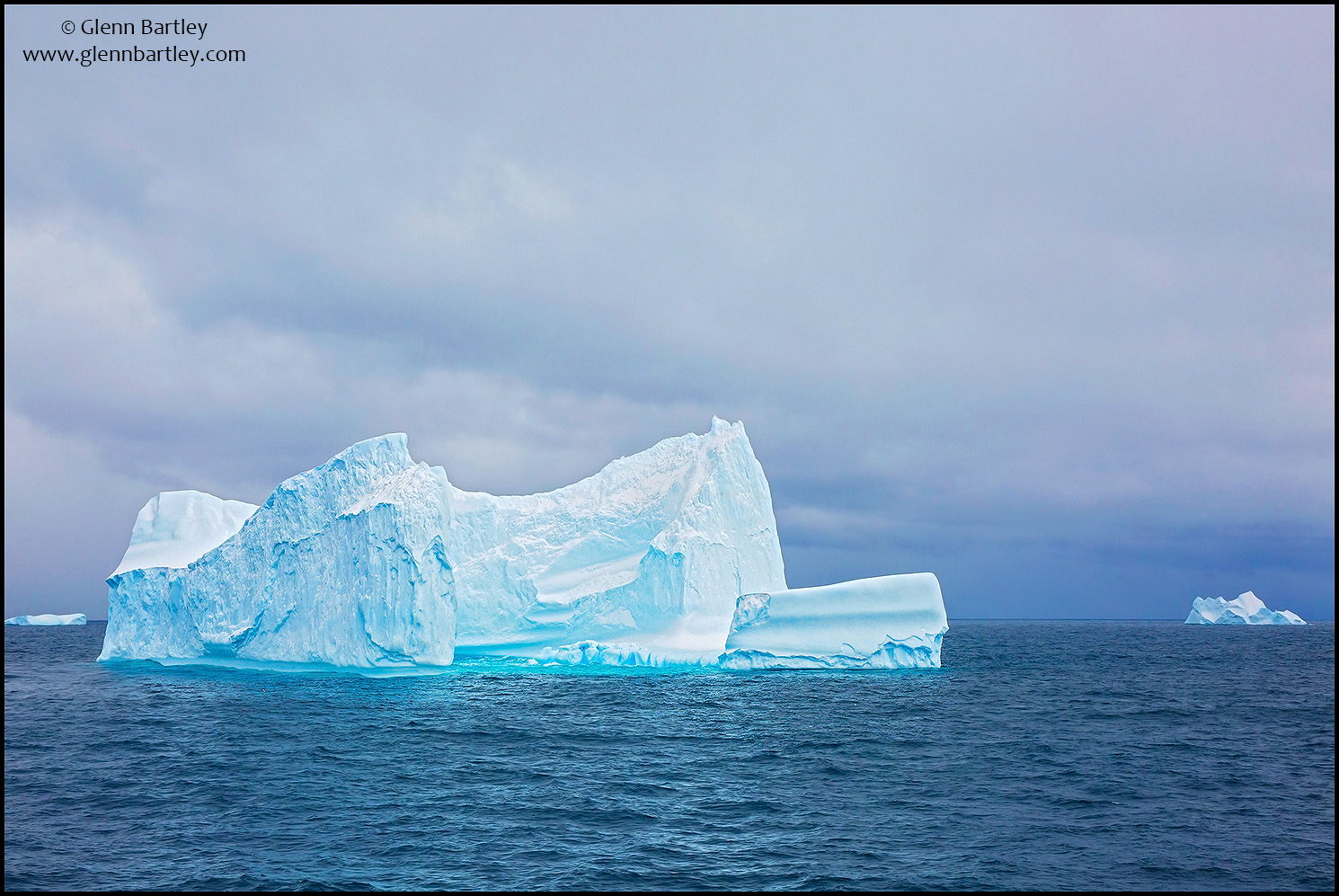 November 1-6: 6 Full Days Along the Antarctic Peninsula & Shetland Islands During the early season, it is an exciting time in the Antarctic Peninsula. Ice is beginning to recede, allowing passage to some of our favorite landing sites, and in recent years the Weddell Sea has been more open in the early season, closing back up by December. This means you may have a chance of getting in to search for lone emperor penguins and hopefully land at Adelie penguin colonies if the conditions are right. It’s also when penguin colonies are re-forming with penguins courting, setting up nests, and some laying eggs. We’re very excited to share the Antarctic’s early season with you! The South Shetland Islands These are a string of volcanic islands, some still active, that run parallel to the Antarctic Peninsula across the Bransfield Strait. Fondly known as the “Banana Belt of Antarctica,” these islands boast the richest concentrations of terrestrial wildlife in the Antarctic because of their proximity to the rich upwelling waters from the great Circumpolar Current. Even with our luxuriously in-depth itinerary, we will have to choose between many very compelling sites. Deception Island is a favorite and one of the most exciting islands on our voyage. This horseshoe-shaped, volcanic island is still active, as its hot thermal pools demonstrate. Deception Island also offers one the most unique experiences of the voyage – soaking alongside the beach in the thermal pools surrounded by clouds of steam. Depending on the tide, the water temperature can be fairly comfortable, although it can get so hot that it’s necessary to mix in colder water! Hopefully, you will experience the outer caldera, and then venture inside the caldera via a narrow gap called Neptune’s Bellows. Bailey Head is home to about 100,000 chinstrap penguins, but the sea can make landings tricky with steep swells crashing on an exposed beach. Inside Deception’s huge caldera, your fascinating landing may include a short hike up the mountainside among the lichen-draped cliffs to the scenic overlook. On the beach at Whaler’s Bay, you may find Weddell seals basking. On a clear day, the chinstrap penguins of Half Moon Island make a delightful foreground to the breathtaking coastline of nearby Livingston Island. At this end of the Earth, the vast scale of nature will open our senses and we ask you to give great respect to the fragile vegetation and the wildlife colonies. Chinstrap and gentoo penguins breed on Aitcho Island, an island covered in mossy green carpets, a surprisingly bright contrast to Antarctica’s intensely achromatic landscapes. Conditions permitting, walk across the island past the southern elephant seal wallows, offering a terrific chance to see (and smell!) the world’s largest species of seal, also perhaps hauled out Weddell seals and southern fur seals. From the South Shetlands, we sail southwest across the Bransfield Strait into the fabled Gerlache Strait. Here you can expect whale sightings to ring out from the bridge as the Antarctic Peninsula landscape rises up into a glacier-draped view of mountainous proportion. You’ll sail the waters around Anvers Island, Dallmann Bay to the north, and the Gerlache to the east. Hope for magnificent sunsets, sculpted blue icebergs, and close penguin and whale encounters, each with the potential for an experience that you will never forget. Over the last few decades, the Southern Ocean has experienced a significant warming trend, showing clear evidence of climate change. The Antarctic Peninsula has been feeling climate change the most with a massive 9°F (5°C) warming in average winter temperatures over the last 50 years. Although this has dramatically changed and reduced ice distributions, you will still be among a world of spectacular icebergs! Western Antarctic Peninsula - The Danco Coast, Neumeyer Channel, and Lemaire Channel
As you travel along the coast, you’ll wander into Wilhemina Bay, Neko Harbour, and Paradise Bay, among the most beautiful areas in Antarctica. These waters rank high on our list of favorite places for Zodiac cruising. Enjoy views of sculpted icebergs and surfacing whales as we cruise the inner bays near spectacular glaciers and ethereal mountains. You can expect wonderful whale behavior in these plentiful summer feeding grounds. The krill swarms are enormous, sometimes even visible on the ship’s depth sounder. Gentoo and chinstrap penguin colonies reside here, sometimes side-by-side, along with their attendant scavengers: snowy sheathbills, brown skuas, south polar skuas, and kelp gulls. Our potential landing in Neko Harbour on the Antarctic continent will treat you with a walk to an incredible view. Enjoy the view from the ship as it navigates through stunning Neumeyer and Lemaire Channels or around the south end of Anvers Island into Biscoe Bay where you will be completely surrounded by ice-draped peaks soaring dramatically out of the water. Crabeater, Weddell, and leopard seals are often hauled out on the ice floes and whales may even surface between the floes, so keep your cameras ready! Tall, hanging ice cliffs, the fronts of highly fractured tidewater glaciers, decorate most of the shoreline for unforgettable scenery. At the southern part of the Lemaire Channel you’ll arrive at Petermann Island. Located at 65°S, Petermann is outstanding for seeing gentoo and Adelie penguins making feeding trips in large groups along a snow-filled penguin highway to and from their nests. The clear water is beautiful for observing and photographing penguin activities. Petermann has seen a reversal in abundance between the two species, with half the numbers of Adelie penguins found here twenty years ago, but twice the numbers of gentoos. Additional landing sites along the western Peninsula are expected, which ones will depend on conditions (as is the case with any landing). Port Lockroy, located at the end of the very narrow and beautiful Peltier Channelclose to Neumeyer Channel, has a British Antarctica Survey maritime museum and a sprawling gentoo penguin colony. Tiny Cuverville Island is also a treat with gentoo penguins walking amid the snow and entering and exiting the beach. As you return, you will likely pass through the South Shetland Islands again, possibly for a landing at Hannah Point on Livingston Island. Look for macaroni penguins among the chinstrap and gentoo colonies and keep an eye out for the usual rookery scavengers (skuas, gulls, giant-petrels, and sheathbills). Here you will find excellent examples of Antarctica’s only two flowering plants, the Antarctic hair grass and Antarctic pearlwort, the continent’s complete flora at one site! November 7-8: Sail to Ushuaia, Argentina. Named after the 16th Century English seaman, Sir Francis Drake, this waterway of about 600mi separates the southernmost tip of South America from Antarctica. You cross the Polar Front approximately halfway across Drake Passage. Those on watch may sight several species of albatross and petrel following the ship; it is a particularly good area for royal albatross and blue petrel. Stay on the lookout for pods of sperm whales and other whales. Almost 500mi north of the South Shetlands, you will near Cape Horn, with a distant view before turning northeast toward the Beagle Channel. The offshore area is as rich as seawaters can be and seabirds are usually present in huge numbers, especially sooty shearwaters and black-browed albatross if the sea is calm. Sometimes you may see Peale’s dolphins in schools of hundreds. This evening you’ll navigate back up the Beagle Channel to dock in Ushuaia. November 9 : Disembark in Ushuaia and flights homeward.
PHOTO OPPORTUNITIES On this photo adventure we will focus on the following fantastic opportunities: Unique Antarctic Wildlife: So many penguins!!! Tens and hundreds of thousands of these iconic birds. Not only as individuals but overwhelmingly large groups. Add on all of the Albatross species and pelagic birds and this trip promises some really unique and incredible opportunites. Plus there will be seals, whales and more surprises.Flight Photography of Seabirds: During the ocean crossings we can have a blast photographing the pelagic birds that will be following the boat. These are sure to be unique additions to any wildlife photography portfolio. Spectacular landscape photography: Mountains, glaciers and penguin-scapes! This is one extremely spectacular place and the opportunities for landscape photography are superb. We will also keep our fingers crossed for great weather so that we may be able to create beautiful mountain images. Using flash effectively as a source of fill light: In all environments iit is extremely important to learn how to use flash - either as fill or as a main source of light. Digital Workshops: During the evenings for those who wish to participate, we will have image review sessions and talk about techniques and what we can expect to see the next day. In these post processing workshops participants will have ample opportunities to improve skills in Adobe Photoshop. Guided by Glenn, participants can learn how to take their images from straight out-of-the-camera RAW images to stunning final works of art (ready for printing or websites). Unique Opportunities:
WHY TRAVEL ON GLENN BARTLEY'S WORKSHOPS? LOGISTICS Price: Prices include:
Price does not include:
Payment Terms: Registration will be completed through the tour operator - Cheesemans' Ecology Safaris. Suggested Equipment: It is recommended that each participant bring the following equipment:
HOW TO JOIN THIS PHOTO ADVENTURE? WHAT SHOULD YOU DO NEXT? Email or call Glenn – 250-412-2904 for more information More detailed information about your specific tour is available upon request. Upon registration you will receive a detailed information package. Please note:
© Ted Cheeseman TO SEE MORE IMAGES AND VIDEO
|
© 2019 Glenn Bartley Nature Photography. All Rights Reserved. |

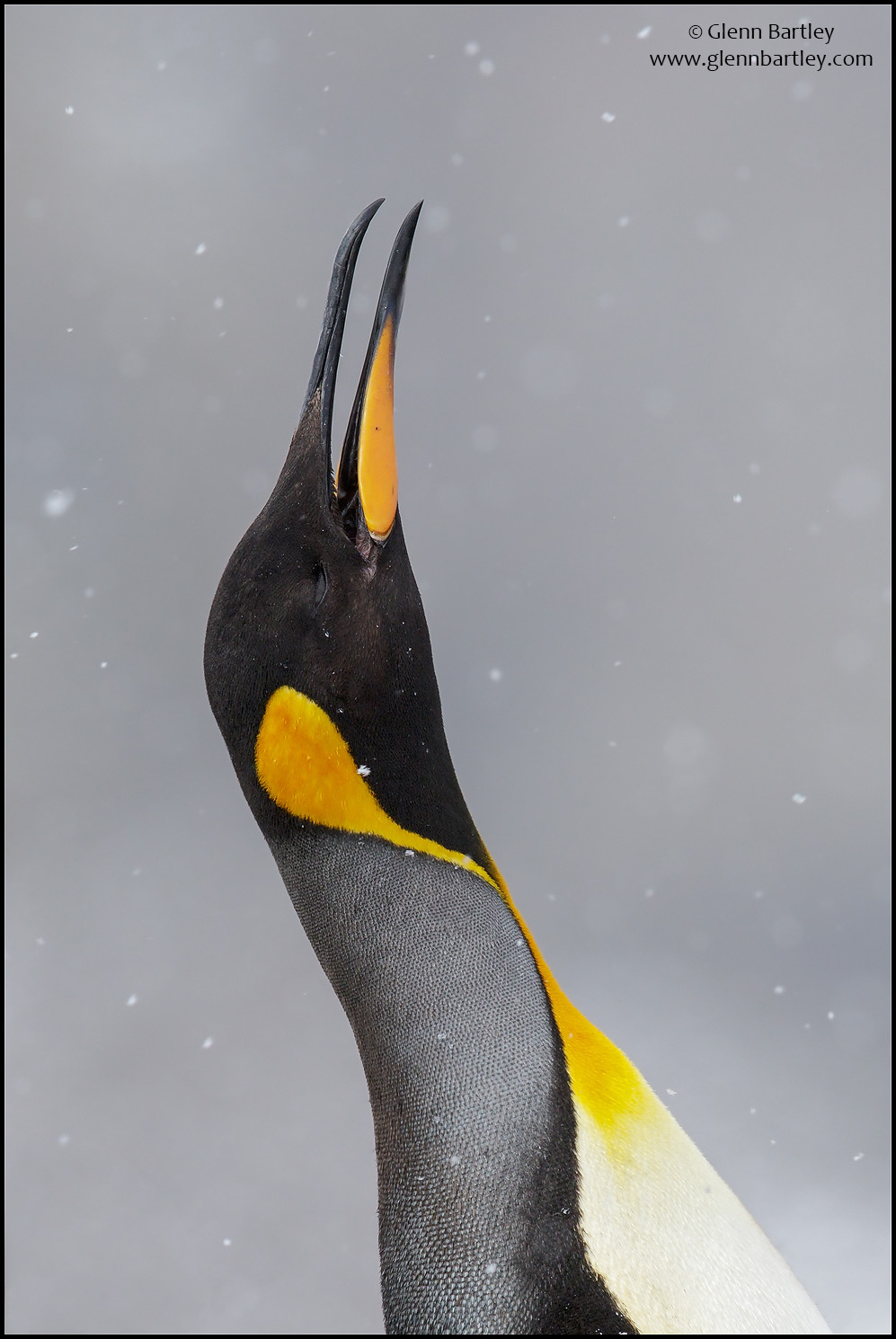

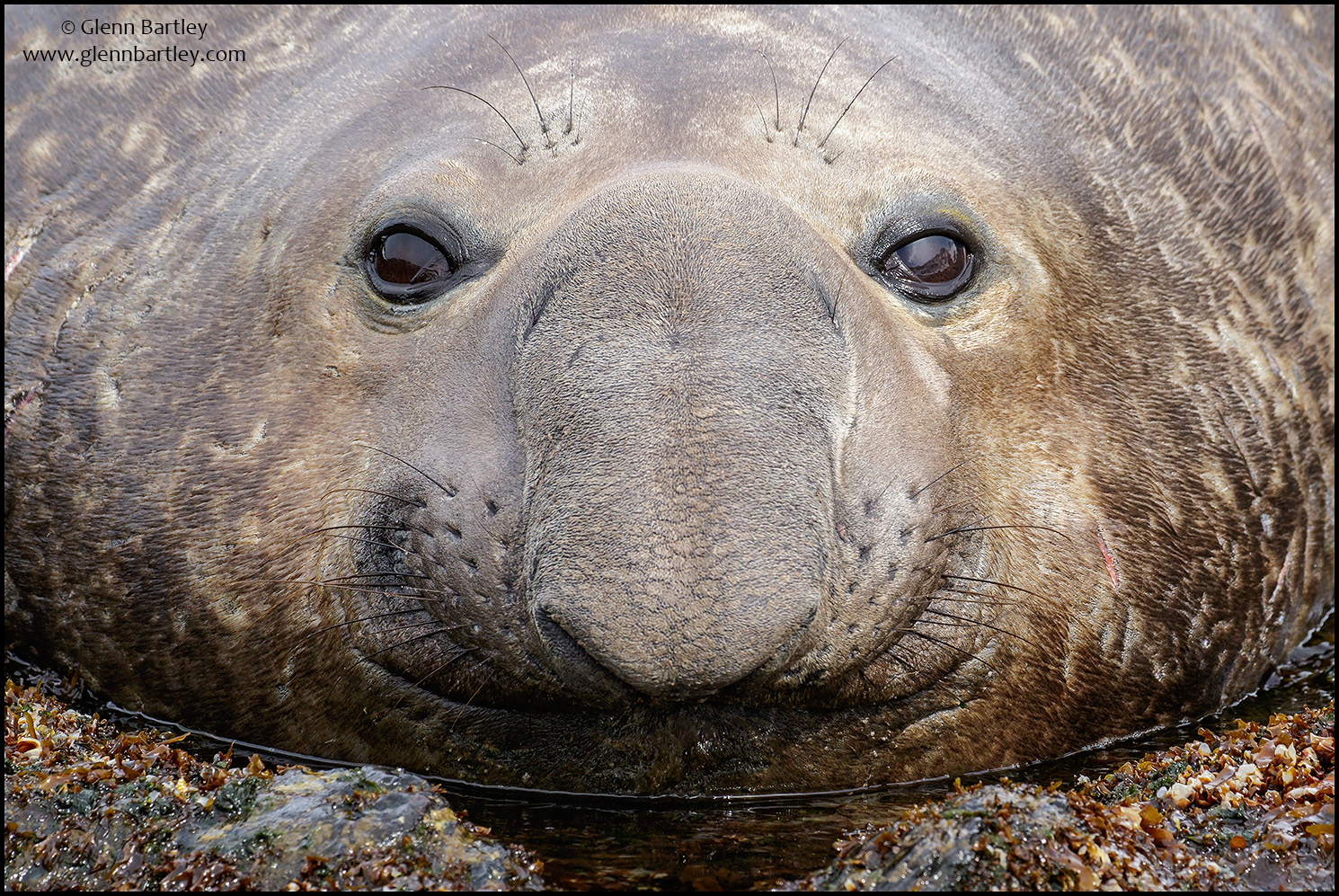




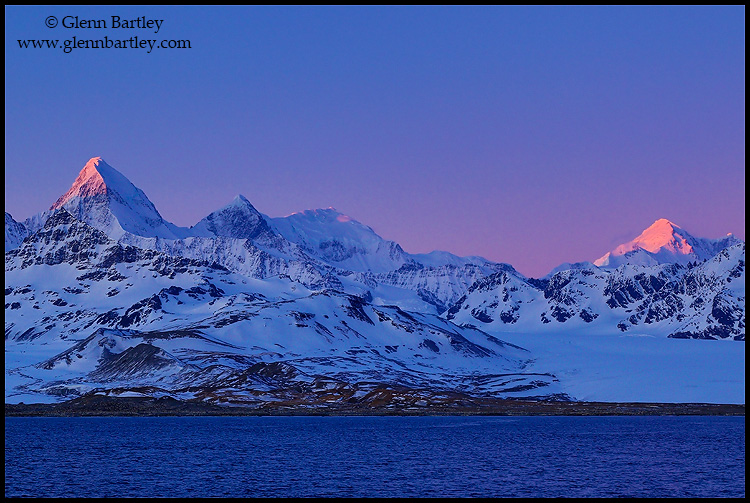


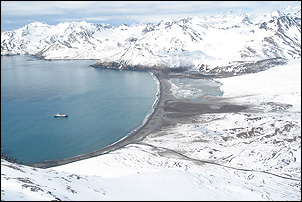 © Ted Cheeseman
© Ted Cheeseman



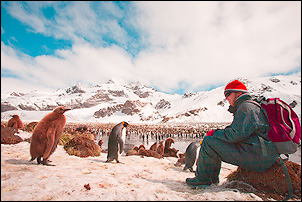 © Ted Cheeseman
© Ted Cheeseman
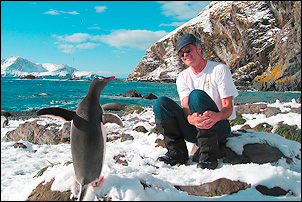 © Ted Cheeseman
© Ted Cheeseman
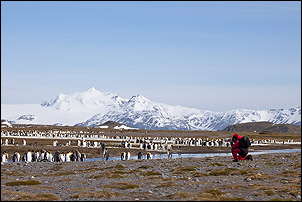 © Ted Cheeseman
© Ted Cheeseman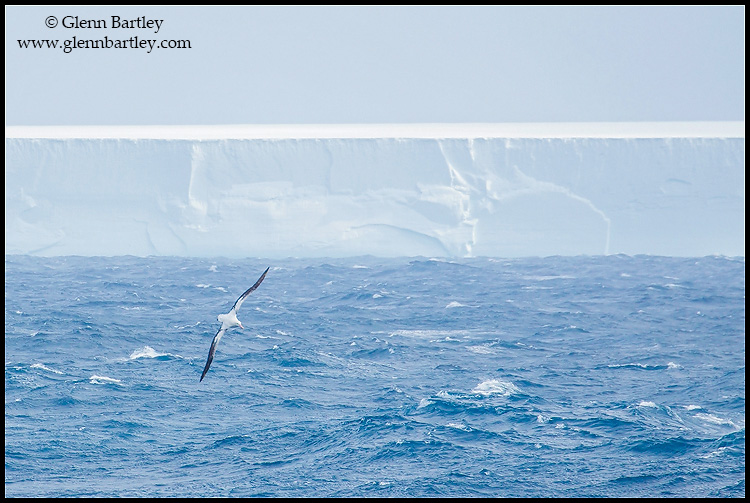
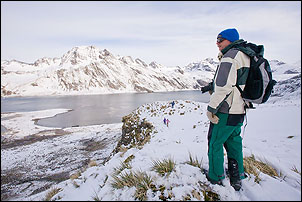 © Ted Cheeseman
© Ted Cheeseman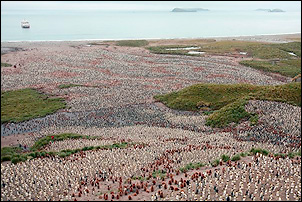

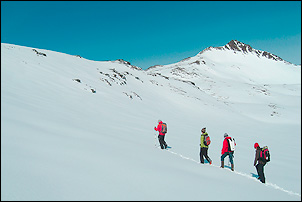
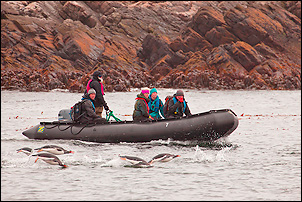 © Ted Cheeseman
© Ted Cheeseman








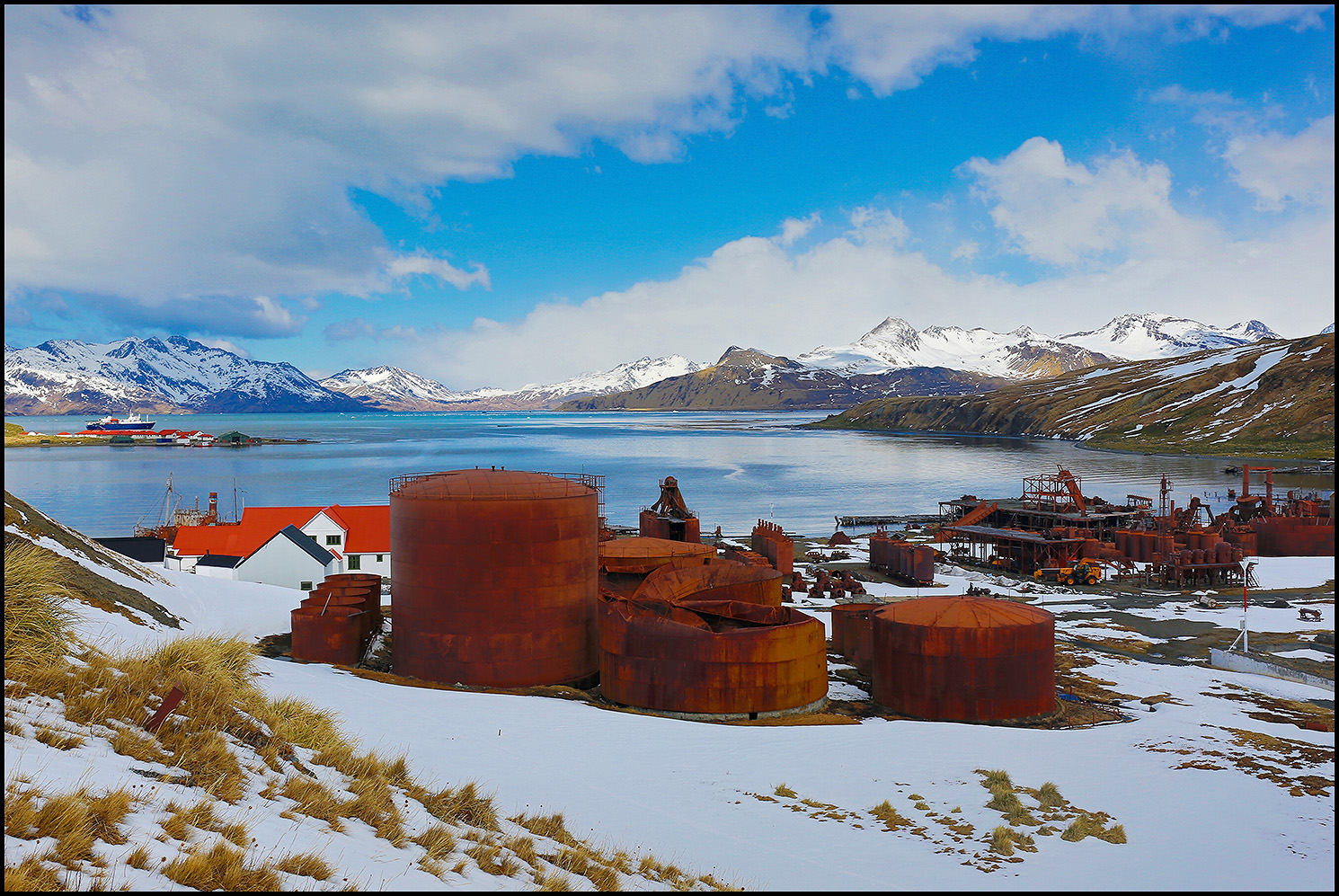


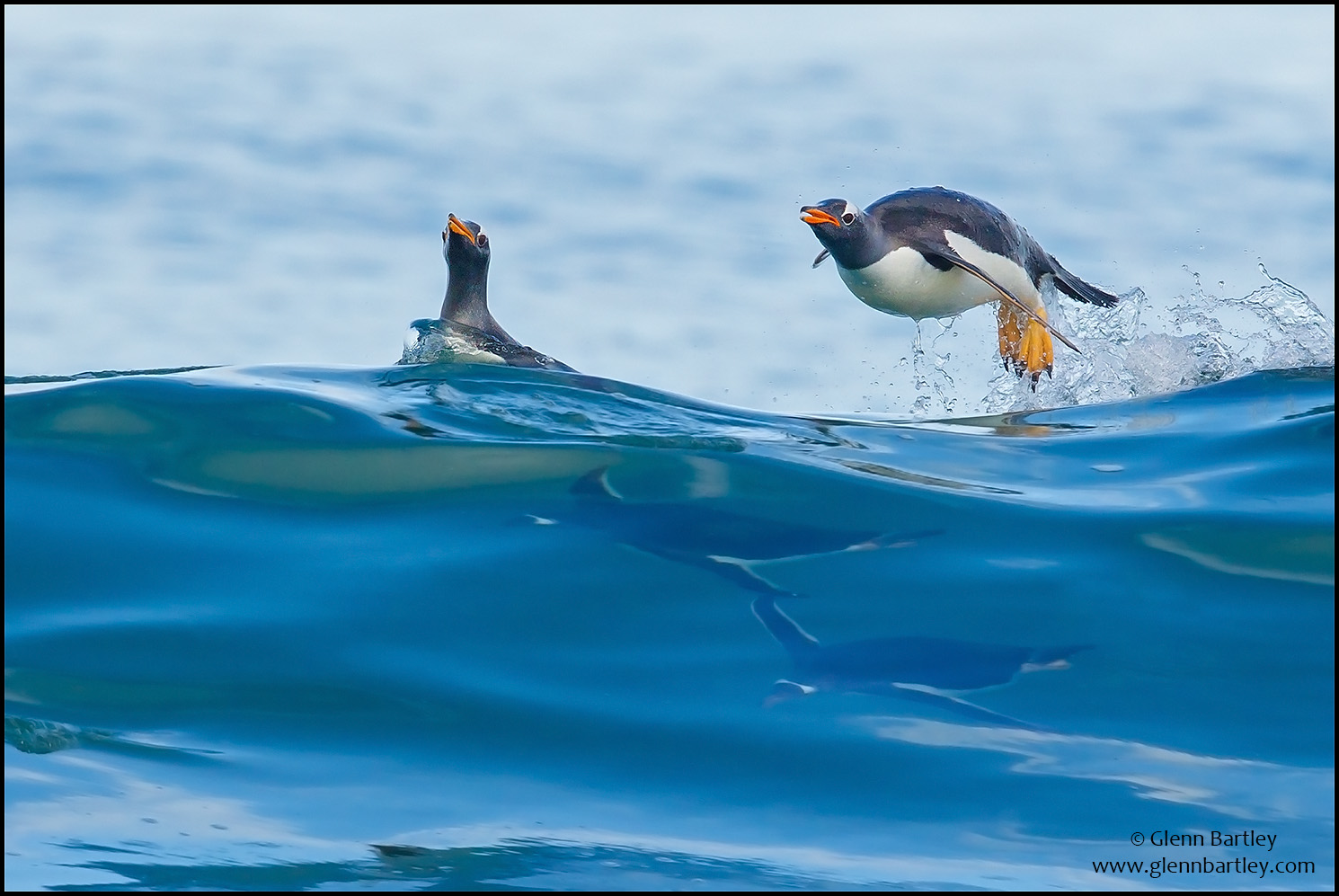






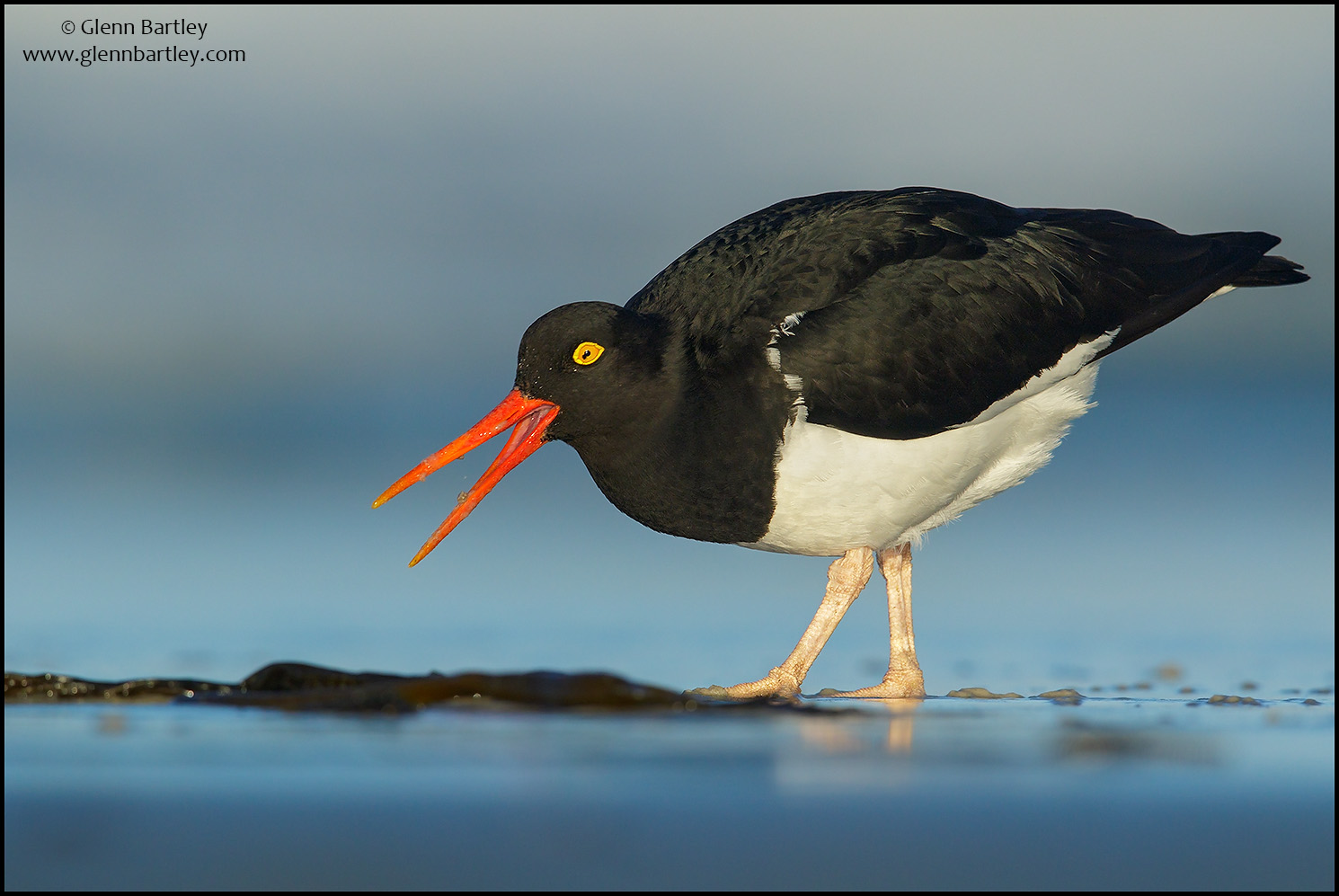

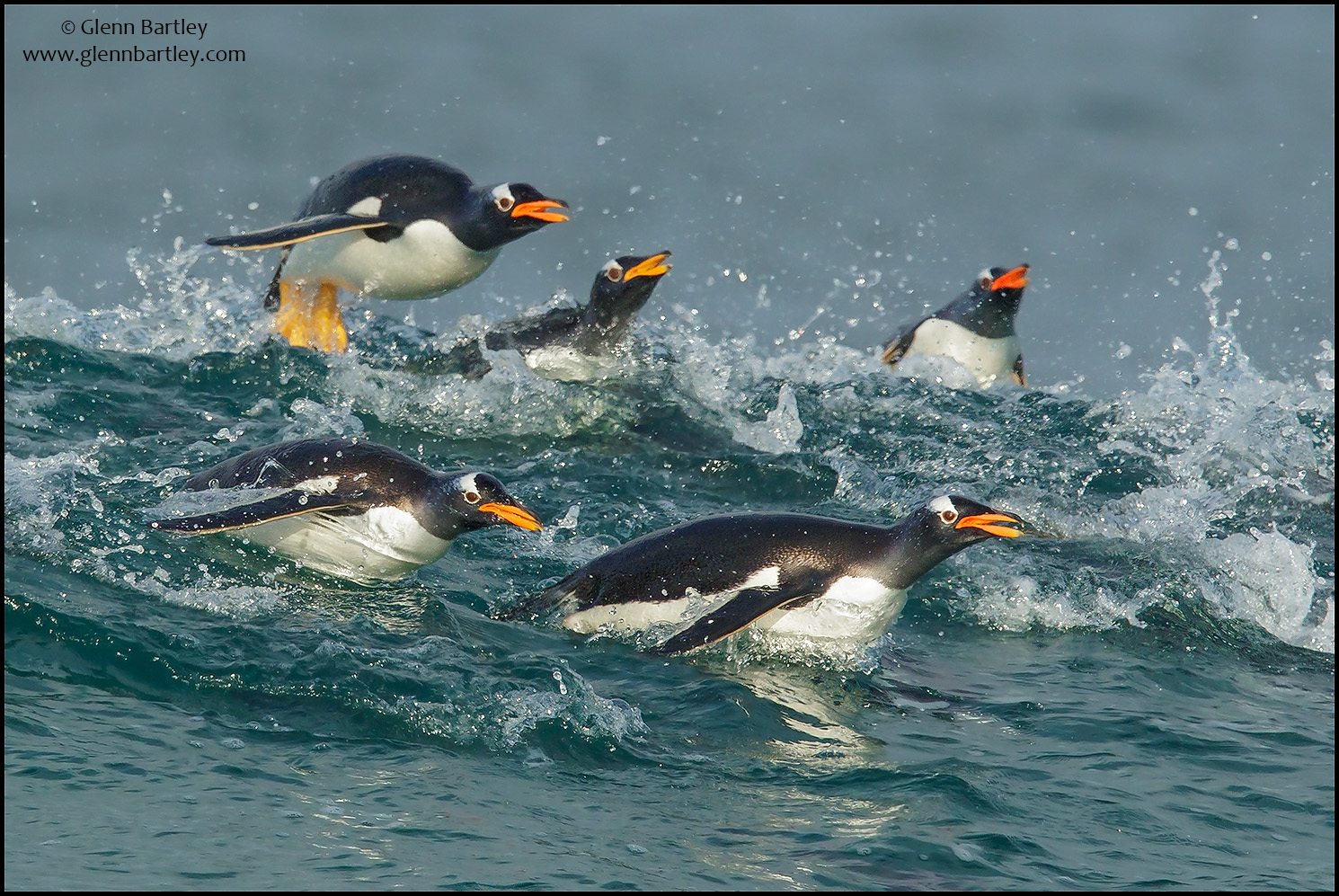
%20Steamer-Duck%20-%2003.jpg)



